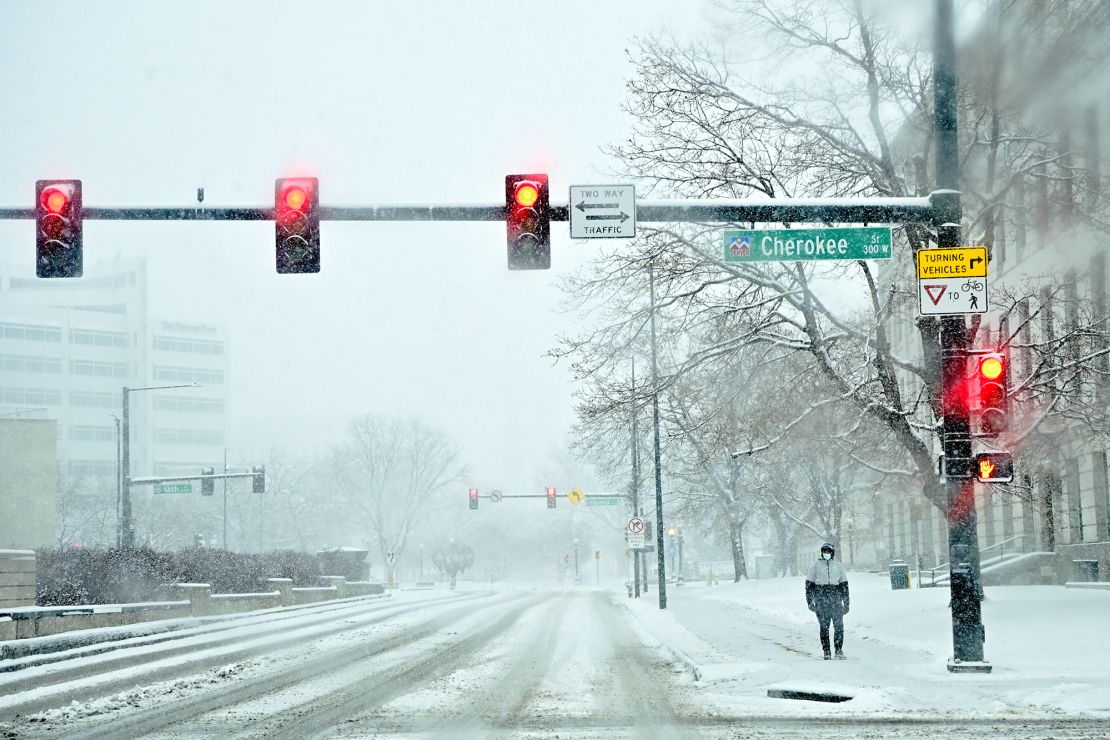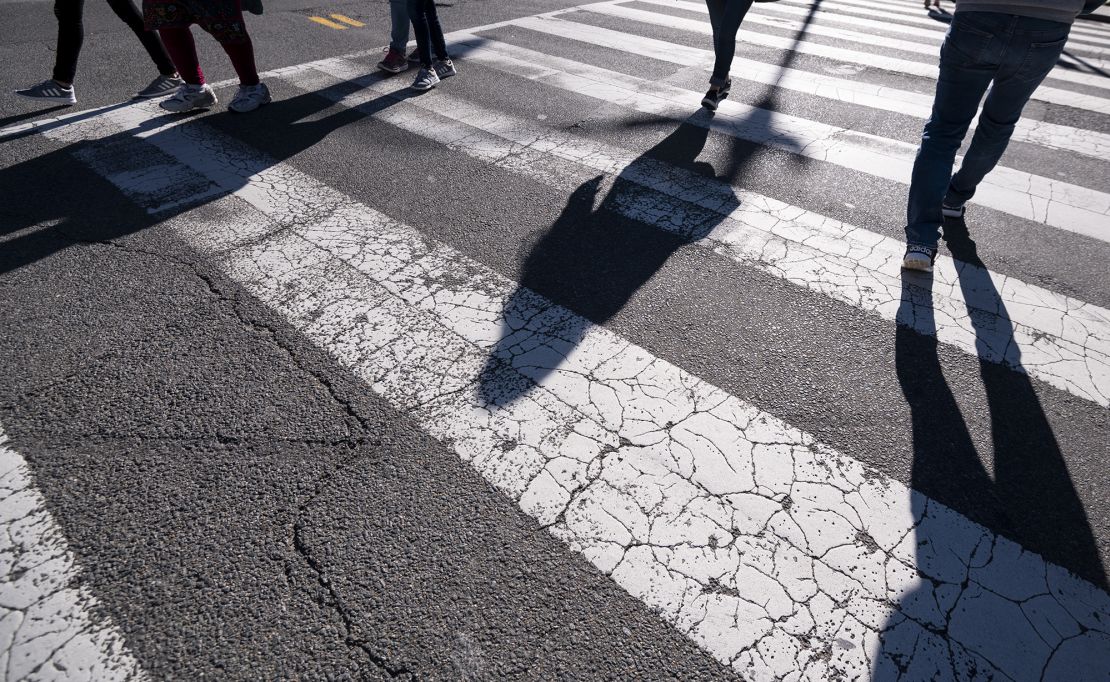In America, traveling through red lights on right turns has become a rule of the road. Frequently, you get honked at if you don’t speed through fast enough.
But the widespread driving practice is now coming under scrutiny, and facing government curbs, for being too dangerous.
Years ago, right-on-red was mostly limited to California and a few other western states. Woody Allen famously declared in “Annie Hall” that he’d never live in Los Angeles because the city’s “only cultural advantage is that you can make a right turn on a red light.”
Right-on-red spread across the country in the 1970s in response to the Arab oil embargo against the United States and oil rationing. States introduced it as a gas-savings measure: The theory was that it would reduce idling at red lights.
Congress sped up states’ adoption of right-on-red laws with a provision in the 1975 Energy Policy and Conservation Act. It tied states’ eligibility for federal energy assistance to allowing right-on-red “to the maximum extent practicable consistent with safety.”
By 1972, 13 states allowed RTOR, according to a legislative history of the practice in Connecticut. By the end of the decade, nearly every state in the country had it. (Although not New York City — and the patchwork of municipalities which do or don’t allow it only adds to the behind-the-wheel confusion.)
But cities are souring on right-on-red.
Atlanta, Denver, Indianapolis, Raleigh, Washington D.C. and other major cities have recently proposed or passed laws banning it in parts of their busy downtowns or citywide. They believe it will protect people walking and biking amid the highest number of pedestrian fatalities in more than 40 years.

Right turns on red “introduce extra movements into the intersection,” said Eric Dumbaugh, a professor in the department of urban and regional planning at Florida Atlantic University who studies traffic safety. This leads to drivers crashing into pedestrians who see a green light and think it’s safe to cross, trucks hitting bikers because they can’t see bicyclists making a right turn, and rear-end collisions.
A city-commissioned survey in Indianapolis, where pedestrian fatalities hit a record in 2022, found that, over a five-year period, about 57% of car crashes involving pedestrians happened because drivers failed to yield to people in all intersections.
In San Francisco, turn on red crashes account for less than 1% of all injury crashes, but 20% of pedestrian or bicycle-related crashes.
“Our proposed ban on turning at red lights aims to prioritize the well-being of pedestrians at intersections,” Atlanta City Councilman Jason Dozier, who introduced a ban in parts of the city, said last week on X introducing the proposal.
Nationwide, drivers killed at least 7,500 pedestrians in 2022, according to the latest data from the Governors Highway Safety Association. That’s the highest number since 1981. (Some states include bicyclists in their pedestrian fatality data, while others don’t.)
There are reasons for this: faster driving speeds, distracted driving, a lack of pedestrian-friendly road infrastructure and increasingly heavier and high-riding trucks and SUVs.
There has been little national research in recent years on the effect of right-on-red turns on pedestrian safety.

Research on police-reported crash data from six states where RTOR laws were adopted from 1974 to 1977, as well as data from three states where the law was unchanged, found that crashes increased by more than 20% in states that allowed RTOR.
The study, conducted in 1982, found larger increases in pedestrian crashes in urban areas, for child pedestrians, and for elderly pedestrians after RTOR was adopted.
Banning right on red is not a “panacea for pedestrian safety problems,” Dumbaugh said, but could help prevent pedestrian and car accidents in busy intersections.
“It’s part of a comprehensive safety solution,” he said. Right turns on red are “something that the United States does that most other countries don’t do.”
These efforts face fierce pushback, however, from some drivers, driver advocacy groups and lawmakers who argue bans will make roads worse for drivers and cities worse for everyone. Right-on-red helps aid speed and ease of traffic movement. And halving speed limits would also curb injuries, but that’s been abandoned as not in the greater good.
The Atlanta anti-ROTR proposal faces opposition from some city lawmakers who worry it will lead to congestion during major events in the city and also hurt hotels. People don’t want to vacation in cities with major traffic jams. Other lawmakers in Atlanta worry that it will increase traffic stops and over-policing and ticketing of Black and other minority drivers. Studies have found that Black drivers are likelier to be stopped and pulled over by police.
In Indiana, a Republican state senator introduced legislation to retroactively void Indianapolis’s right-on-red ban, terming it “stupid” and part of a “war on cars.”
Advocates, however, say that right-on-red bans are an important measure in a larger push to prioritize pedestrian safety over cars and make cities more walkable and bike-friendly. Lawmakers who have promoted reforms say they are a step to create safer and more accessible downtowns.
Read the full article here









